Could micro-dosing be the secret to glowing skin? Editor Trudi Brewer shares a skincare ritual that’s becoming a rule. Read on to learn more.
Image Instagram
In medical circles, microdosing is nothing new. While well researched, it’s still controversial to take crumb-size amounts of psychedelics to improve focus and mental health, anxiety and depression. But, like all promising innovations, the skincare industry has jumped on the promise of microdosing, but with skincare ingredients. So how does this work?
Microdosing is it a hero of hoax?
For years we have overdosed our skin with active ingredients. Over-exfoliating with potent acids or using too much of a good thing in extra strong doses. However, that more-is-more approach is why we have seen irritation and skin sensitivities rise. Enter a new way to treat the skin - microdosing. This practice embraces lower concentrations of active ingredients often, but that doesn't mean these products don't deliver results. Instead, Dermatologist Dr Shari Marcbein believes, "Think of it as appropriately dosing. Every ingredient has an optimal concentration (and often optimal vehicle), and other ingredients it pairs well with or not). For skincare ingredients to work their best, we need to use them in their ideal state, not too high and not too low (which will be totally ineffective at achieving results)." As far as ingredient combing goes, "Retinol and alpha hydroxy acids (AHAs) offer unparalleled results when it comes to improving lines, hyperpigmentation, and overall skin texture," says international dermatologist Mona Gohara. "However, many people can't tolerate them, especially in higher strengths. Skincare microdosing offers a viable solution without the downsides." For the first time in many years, experts agree, less really can be more when it comes to boosting skin radiance.
What ingredients microdose well?
Not all skin-care ingredients are suitable for microdosing. "The ones that benefit most from this approach include retinoids, (vitamin A), vitamin C, and exfoliating acids, like glycolic, lactic, azelaic, and salicylic, which are easy to overdo or more likely to cause irritation when applied in strong doses," says dermatologist Dendy Engelman. The microdosing exception is sunscreen. "This should never fall below an SPF 30 and you must reapply often," she adds. The amount of sunscreen you apply matters, says dermatologist Marisa Garshick. "For the face, it is recommended to apply, the equivalent of two-finger lengths, which is also equivalent to half a teaspoon, to the face and neck combined."
Microdose skincare options
Serums are ideal for any skincare routine and perfect for microdosing. Formulated with low-dose active ingredients, which come in tiny molecule sizes designed to penetrate the skin fast. Skincare boosters are also a good option, added to your daily moisturiser to boost hydration, brighten, and firm the skin. We liken boosters to a HIIT class that will jump-start your fitness routine. Skin boosters help reset the skin – while keeping the barrier happy - which keeps moisture in and irritants out. Finally, microdosing is an excellent way of seeing benefits without irritation. However, consistency is vital. Skincare ingredients work best when applied daily. "Using a product your skin can tolerate every day rather than stopping and starting is the key to a successful outcome," says Engelman.
Kiehl's Retinol Skin-Renewing Daily Micro-Dose Treatment, $155.
A skin-friendly hit of a trio of 0.1 per cent pure retinol to smooth fine lines and blur the look of brown spots, that when blended with glycerin, peptides (proteins) and ceramides it will offset any dryness.
Clinique Smart Clinical Repair Wrinkle Correcting Serum, $189.
In line with the brand’s ethos, this serum contains a milder form of retinoic acid, which is tolerable for sensitive skin. As well as a peptide-rich blend, CL1870 Laser Focus Complex helps refine lines and wrinkles while caffeine, sunflower, barley, wheatgerm oils and hyaluronic acid brighten and boost moisture in the skin.
Dr. Barbara Strum The Good C Serum, $232.
Stacked with the goddess of ingredients vitamin C, this serum weighs in at a 5 per cent concentration, along with zinc, which acts as a booster to push vitamin C effectively into the skin. In addition, the olive leaf extract, hyaluronic acid, radish root ferment and sunflower seed oil make it a perfect active serum for microdosing.
The Ordinary Retinol Serum 1 % in Squalane, $13.
Gentle yet effective. If sun damage is your concern, this 1 per cent retinol formulation, will help reduce the look of photodamage, while squalane, tomato extract, and jojoba seed oil, brighten and hydrate the skin. This serum is the ideal microdosing, rejuvenating pm treatment.
Avène A-Oxitive Antioxidant Serum, $65.
Microdosing is ideal for those with sensitive skin. This low dose formulation contains gradual release pro-vitamin C that transforms into pure vitamin C once it hits the skin. Along with the gradual release of vitamin E, a potent antioxidant and hyaluronic acid boost hydration. This serum is ideal for daily use and has excellent antioxidant backup protection with sunscreen.
The bottom line
Is microdosing the future of skincare? Experts agree it's a smart move if you have finicky skin or are new to active skincare ingredients. But there is one caveat. "You may have to adjust your expectations," warns Dermatologist Gohara, who believes, "While microdosing is effective, it may not noticeably minimise fine lines or even out skin tone to the same degree as a full dose or in-salon skincare treatment." Still, with air pollution and product overloading responsible for the rise in skin sensitivities, perhaps a slow and steady approach to your skincare will ultimately win the race.

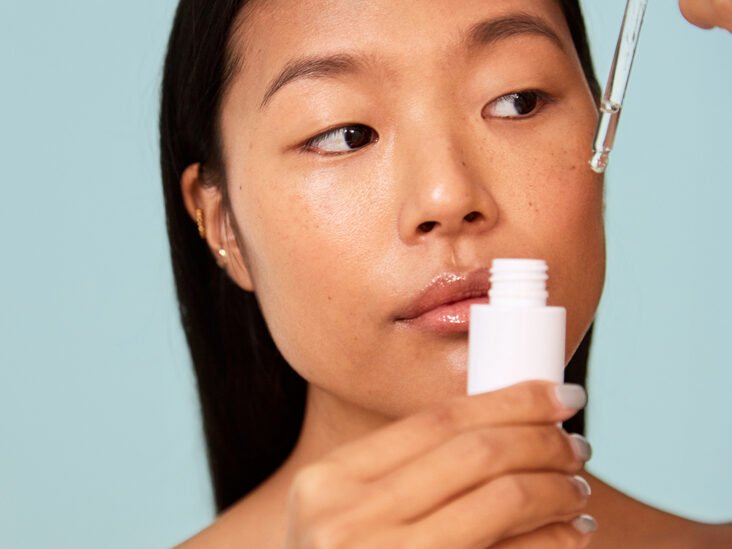




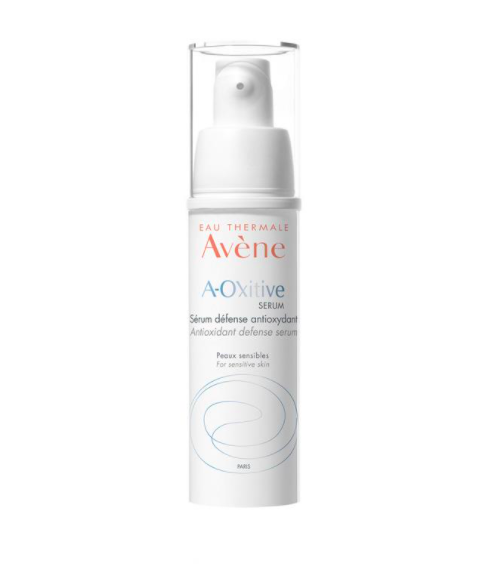

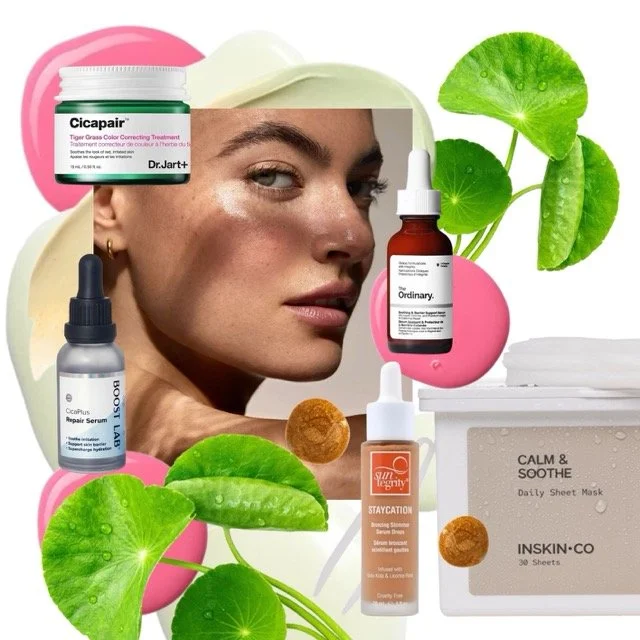

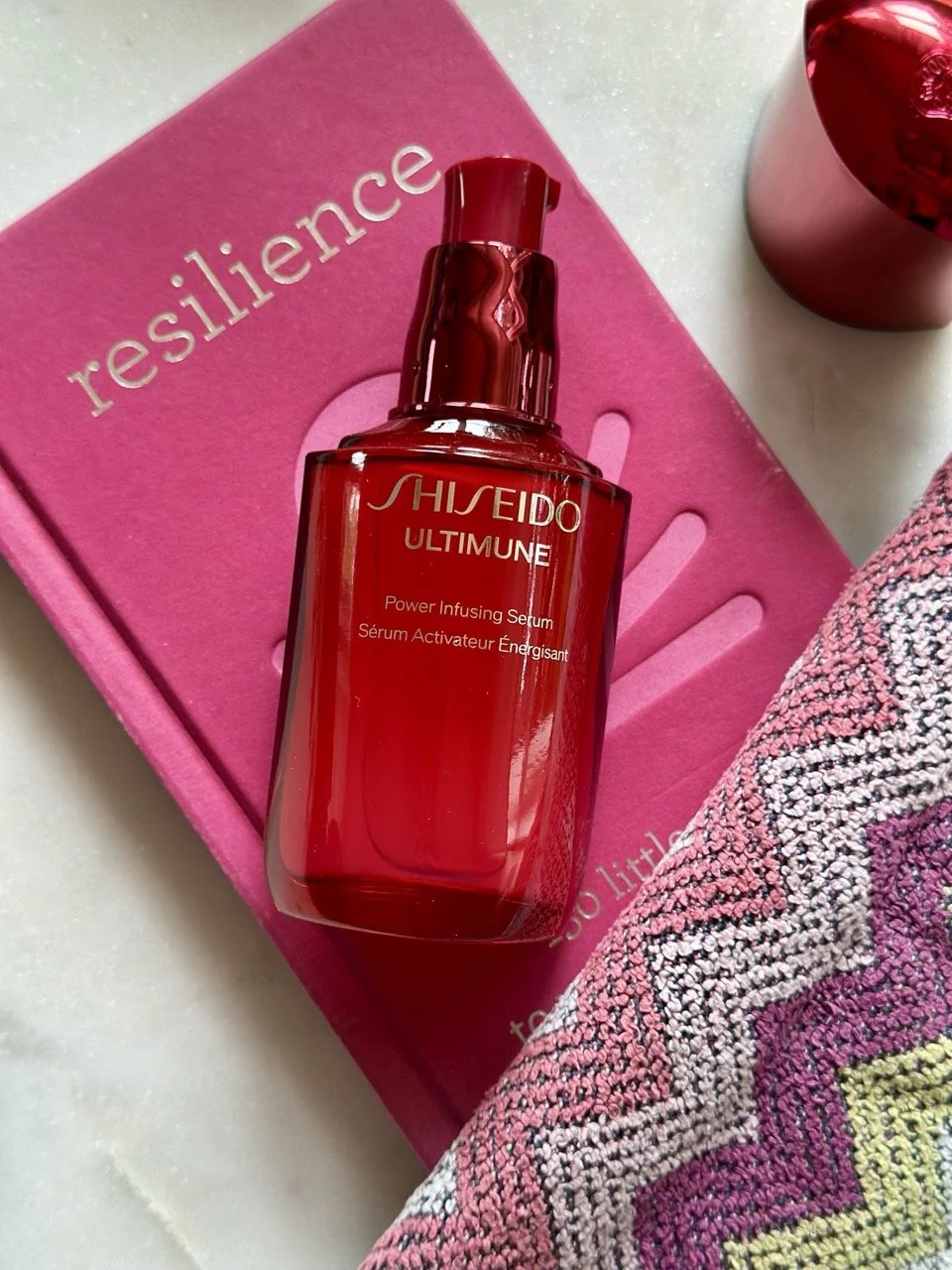


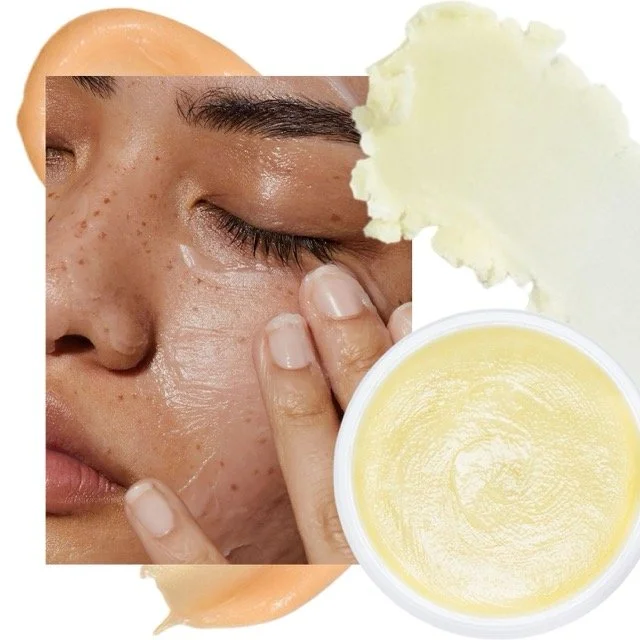

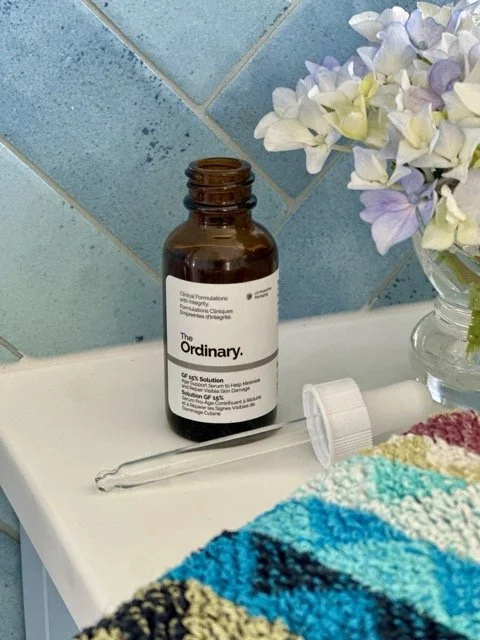
Update your beauty routine with these newbies.